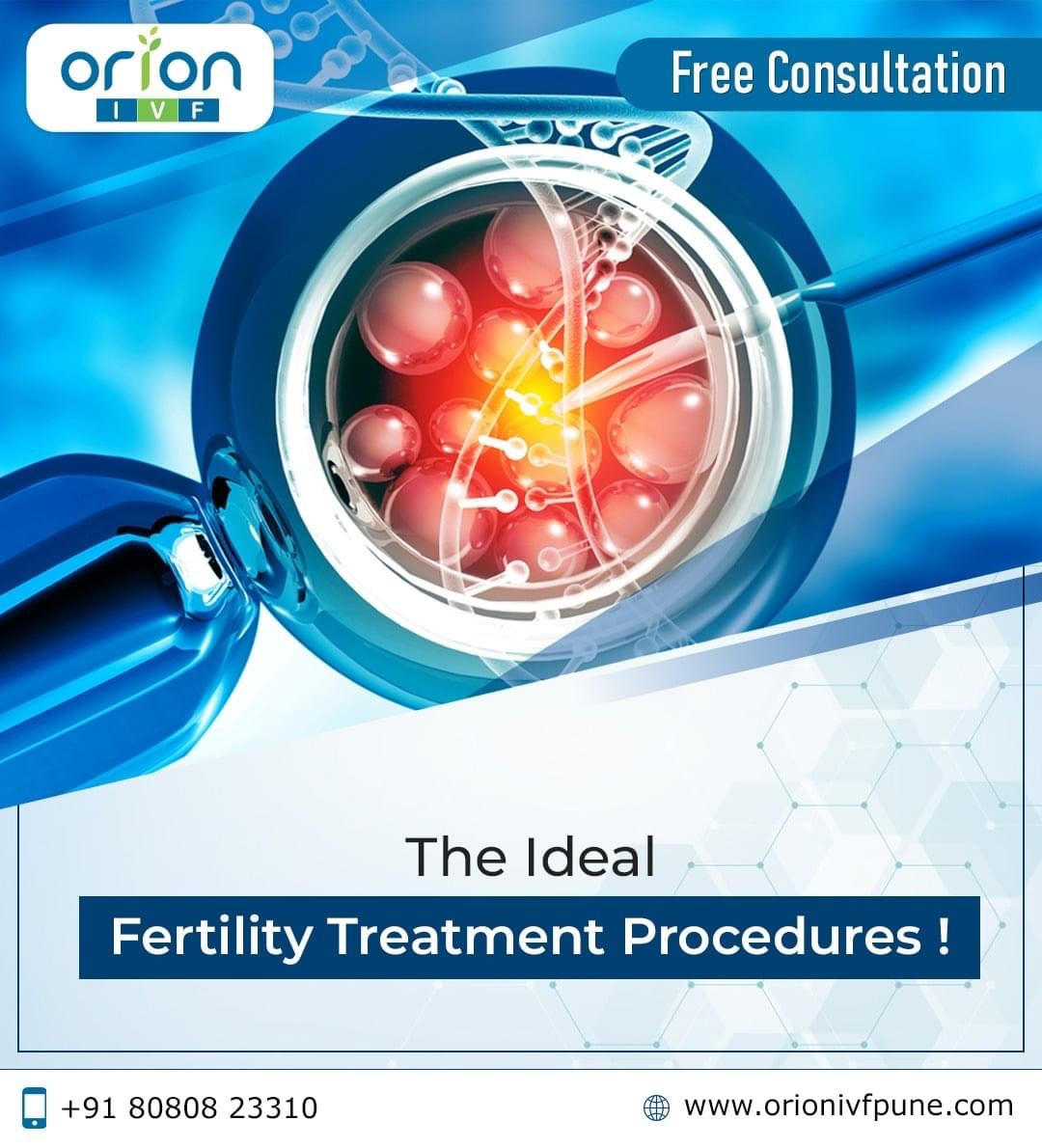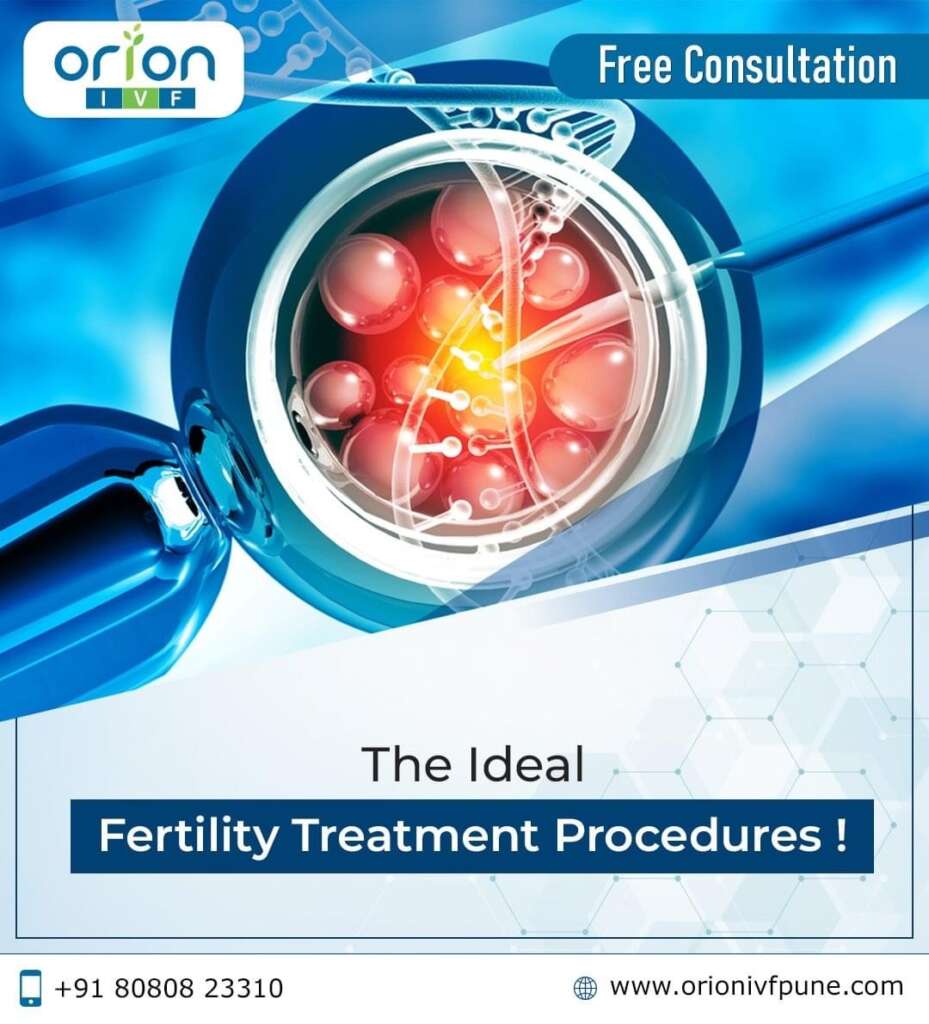If you’re seeking fertility therapy, it’s normal to be interested in vitro fertilization (IVF), as it’s the most widely discussed type of fertility treatment. With a nearly 50% live birth rate for women under the age of 35, IVF therapy can give the best likelihood of success for many.
While IVF therapy is a more sophisticated type of treatment, our objective with this step-by-step beginner’s IVF guide is to offer readers a glimpse of what to anticipate with IVF treatment options and to cover many of the frequent concerns patients have about treatment (like how to do IVF, how long are IVF cycles) in a thorough, understandable manner.
What Is Involved In The Initial Infertility Evaluation?
The first step toward parenthood is recognizing all of the variables that may be causing a couple’s infertility.
- Initial consultation: Your doctor will obtain a thorough medical history, including medical and lifestyle factors that could impact conception.
- Day 3 Testing: This involves basic bloodwork to evaluate a woman’s hormone levels and a pelvic ultrasound to count the possible eggs in each ovary. These tests will assist your doctor in determining the appropriate dose and medicine options for your treatment.
- Anti-Müllerian Hormone (AMH) Testing: The most reliable determinant of a woman’s egg development is AMH. A higher AMH level would represent a significant number of antral follicles and a robust ovarian reserve, whereas a lower result would cause your doctor to assume there has been a decline in ovarian reserve.
- Hysterosalpingogram (HSG): A dye x-ray diagnostic used to evaluate the uterine cavity and fallopian tubes. This enables the doctor to examine for abnormalities in the uterine cavity and confirm that the fallopian tubes are open.
- Semen Analysis: Since male factors account for 40 to 50 percent of all infertility cases, a sperm analysis must be carried out as part of the first infertility workup. During this non-invasive test, a sample of sperm from the male partner will be examined under a microscope to determine the amount and quality of sperm. The test assesses volume, concentration, motility (movement), and morphology (shape).
What Problems Necessitate IVF Treatment?
Following the results of diagnostic tests, your doctor will discuss your treatment choices with you. Many people are amazed to know that IVF is not the only treatment option available to them. IVF, on the other hand, would be the primary line of treatment for people suffering from the following conditions:
- Tubal Ligation: If a patient has tubal ligation, the IVF procedure is the best option since it avoids using the fallopian tubes to achieve conception.
- Severe Male Factor Infertility: If the sperm examination reveals that there are insufficient healthy sperm to be successful with more basic treatments, such as IUI, then IVF therapy can assist patients to overcome male factor infertility. With IVF, an enhanced type of fertilization called intracytoplasmic sperm injection (ICSI) (pronounced “ick-see”) could be performed in the lab. ICSI requires only one healthy sperm for each egg.
Patients with other conditions may begin with ‘moderate’ treatments such as hormone therapy or IUI and then proceed to IVF if necessary. Nevertheless, data suggests that with most of the more basic treatment choices, success rates tend to decline significantly after three to four treatment cycles. A couple’s chances of success increase sharply when they switch to IVF therapy. Other conditions that might benefit from IVF treatment include advanced age, endometriosis, ovulatory dysfunction, and unexplained infertility.
What is an IVF Treatment Procedure?
Step 1 – Stimulation
Each month, one egg develops in a typical ovulation cycle. The objective of an IVF cycle is to have a significant number of mature eggs accessible, as this increases the chances of treatment success. During the stimulation phase of an IVF cycle, injectable medicines are used to stimulate the ovaries to generate eggs for 8 to 14 days.
Injectable stimulation medications are derived from follicle-stimulating hormones (FSH) and luteinizing hormone (LH), both of which are naturally generated inside the body throughout the natural cycle.
Patients visit the office 5-7 times throughout the ovarian stimulation period for monitoring checkups. Monitoring helps doctors to follow the cycle’s progress and change medication dosages as required. The session normally lasts 15 to 20 minutes and is scheduled early in the morning to minimize interruption to your daily schedule. It includes a transvaginal ultrasound and bloodwork.
The trigger shot is the final stage in the stimulation phase before egg extraction. The patient will either receive a human chorionic gonadotropin (hCG) or a Lupron trigger injection, depending on the procedure. The trigger injection finalizes the growth of the developing follicles and initiates ovulation.
Step 2 – Egg Retrieval and Fertilization
It took approximately 20 to 30 minutes to retrieve the eggs. During the process, the doctor will insert a needle into each ovary to extract the fluid and egg from each follicle. He or she will use an ultrasound to watch the procedure on a monitor. You will be allowed to walk out of the hospital within approximately 30 minutes, but you will require someone to drive you home.
Step 3 – Inside the IVF Lab
The eggs and sperm are separated and processed after retrieval. Fertilization can take place in two ways: conventional insemination and ICSI. The selection of the procedure is determined by the quality of the sperm.
Step 4 – Preparing for the Transfer
The embryologist’s primary objective is to implant the highest quality embryos since they are the ones most likely to result in pregnancy and, eventually, a healthy child. Embryologists assess embryos based on their appearance and how far they have advanced through the phases of development during their few days in the laboratory. On day 5, your doctor will transfer the embryo(s) into your uterus if they have entered the blastocyst stage or are rated high-quality.
The embryo transfer procedure is simple and takes around five minutes to perform and no requirement for anesthetic or recovery time. When the patient’s transfer date is set, a nurse will inform and provide detailed instructions regarding when to arrive and how to prepare.
The patient must have a full bladder for the treatment and will be instructed to drink a specified amount of liquids 30 to 40 minutes beforehand. Following the transfer, the patient will be given guidelines for the next two weeks until the pregnancy test.
Step 5 – The Pregnancy Test
Your doctor will do a blood pregnancy test two weeks following the transfer to assess the cycle’s outcome. The blood pregnancy test is commonly referred to as a “beta” test because it measures a beta chain component of the hCG hormone generated by the growing embryo. It is officially referred to as a “beta hCG” blood test.
Conclusion
Understanding infertility is the initial step in finding the right solution. The typical monthly pregnancy rate among young, healthy women is around 20%. This rate begins to decrease as women age, especially after the age of 35, because both the amount and quality of eggs decline with age. Furthermore, the miscarriage rate rises with age, which is commonly related to the quality of the eggs. So, the will to know about IVF and other fertility treatments could be advantageous for any couple who is planning to have a child.


